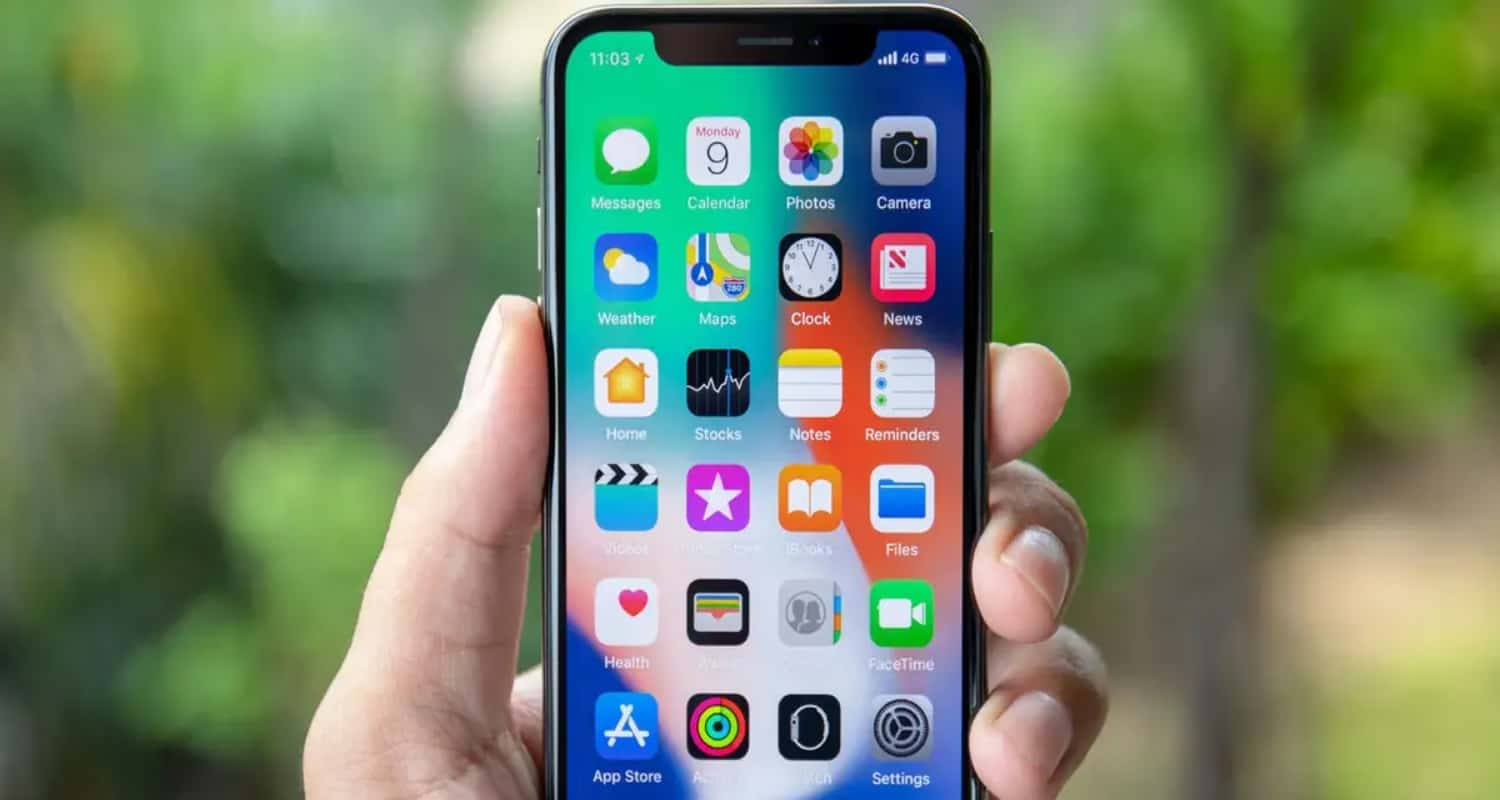
Imagine this: you’re powering through your day, tackling tasks, scrolling through social media, and seamlessly switching between apps. But unbeknownst to you, a silent army of background apps is lurking, draining your battery, hogging your resources, and slowing down your device. They’re the digital squatters of your Android experience, uninvited and unwelcome. How to Stop Apps Running in Background Android Programmatically?
To programmatically stop background apps on Android, utilize the adb command-line tool. Employ the adb force-stop command to forcefully terminate specific app processes or use the adb shell dumpsys activity activities command to identify and selectively kill running processes.
But fear not, weary Android warrior! There is a way to tame these background app brigands and reclaim control of your digital destiny. With a few simple steps, you can learn how to stop apps running in background android programmatically, banish the background app bandits from your device, and restore your phone to its former glory.
See Also: How to Smooth Edges in Cricut Design Space on Android?
Understanding Background App Behavior
Dive into the Background:
Like a bustling metropolis, Android manages a dynamic ecosystem of apps, each vying for attention and resources. While some apps are actively in use, others remain dormant in the background, waiting for their moment to shine. This delicate balance between foreground and background activity is crucial for a seamless user experience.
When you launch an app, it becomes the primary focus, occupying the foreground. This means it has priority access to the system’s resources, allowing it to perform its tasks smoothly. However, once you minimize or switch to another app, the previous app is relegated to the background.
Types of Background Activities:
Background apps exist in three distinct states:
- Background Processes: These apps are not visible to the user but continue to perform tasks, such as syncing data or updating content.
- Persistent Background Processes: These privileged apps, often associated with system functions, run continuously, even when the device is idle.
- Foreground Services: These apps maintain a visible notification icon and can perform ongoing tasks, such as music playback or location tracking.
Impact on Battery Life:
How to Stop Apps Running in Background Android Programmatically? Background apps, particularly those with excessive network activity, can be significant battery drainers. Constant data syncing, location updates, and push notifications all consume precious battery power. The longer an app remains active in the background, the greater its impact on battery life.
To illustrate this, consider a music streaming app that continues to fetch new songs while you’re using another app. The app’s background activity, while providing seamless music playback, is also steadily depleting your battery.
By understanding the intricacies of background app behavior and the implications for device resources, you can start to take control of your Android experience, optimizing battery life and performance.
See Also: How to Share Camera Between Two Android Phones Without Internet?
Native Android Methods for Background App Management
Android’s Built-in Tools:
Android provides a set of built-in tools for managing background app activity, offering a degree of control over the apps that consume your device’s resources. These tools, primarily accessible through code, enable you to monitor, stop, and even restart background processes.
The ActivityManager class serves as the central hub for managing application lifecycle and background processes. It provides methods for accessing information about running apps, their memory usage, and their background state.
Killing Processes:
One of the most straightforward methods for stopping background apps is using the ActivityManager.killBackgroundProcesses() method. This method terminates all background processes except for those deemed essential by the system.
While this method offers immediate relief from excessive background activity, it comes with some limitations. Killing background processes indiscriminately can disrupt app functionality, causing unexpected behavior or data loss. Moreover, apps terminated in this manner can automatically restart, potentially negating your efforts.
Restarting Apps:
How to Stop Apps Running in Background Android Programmatically? To address the limitations of killing processes, the ActivityManager.restartPackage() method provides an alternative approach. This method forces an app’s background processes to restart, potentially resolving issues caused by glitches or outdated background states.
However, restarting apps can also introduce problems. If an app is not designed to handle being restarted while running in the background, it may crash or behave erratically. Additionally, restarting apps can consume additional resources, potentially exacerbating battery drain.
See Also: How to Root Samsung A12 Android 11: Unlocking Full Potential
Programmatically Stopping Apps
The Power of Code:
While Android’s built-in tools provide some control over background apps, for more granular control, we can turn to the power of code. Android’s adb (Android Debug Bridge) command-line tool offers a direct line of communication with the Android device, allowing us to execute commands and manipulate its internal state.
Force-stopping Apps:
The adb force-stop command provides a straightforward way to forcefully terminate an app’s background processes. By specifying the package name of the app, we can instruct the system to immediately halt all background activity associated with that app.
For instance, to force-stop an app named “com.example.app”, we would use the following command:
adb force-stop com.example.app
While this method is effective in stopping an app’s background activity, it should be used judiciously. Force-stopping essential apps can disrupt system functionality and lead to unexpected behavior. Additionally, some apps may be programmed to automatically restart after being force-stopped, potentially nullifying your efforts.
Using adb to Kill Processes:
How to Stop Apps Running in Background Android Programmatically? For more selective control over background processes, we can utilize the adb shell dumpsys activity activities command. This command provides detailed information about all running processes, including their process IDs (PIDs), memory usage, and background state.
To identify the PID of a specific app, we can grep the output of the command for the app’s package name. Once we have the PID, we can use the adb shell am kill command to selectively terminate that process.
For example, to kill the process with PID 1234, we would use the following command:
adb shell am kill 1234
This method offers more precision than force-stopping, as it allows us to terminate specific processes rather than all background activity associated with an app. However, it requires more technical knowledge and understanding of the app’s process structure.
See Also: How to Reinstall Android: Revive Your Device With These Steps
Alternative Approaches for Background App Control
Third-party Apps:
For those seeking a more user-friendly approach to managing background app activity, a plethora of third-party apps are readily available. These apps provide a graphical interface, eliminating the need for coding knowledge or command-line interactions.
Benefits of Third-party Tools:
Third-party apps offer several advantages over native Android methods and command-line tools:
- Ease of Use: They provide a user-friendly interface, making it easy to identify and manage background apps without the need for technical expertise.
- Additional Features: Many third-party apps offer additional features, such as task scheduling, app hibernation, and detailed battery usage statistics.
- Visual Representation: They often provide a visual representation of background app activity, making it easier to identify and prioritize resource-intensive apps.
Considerations for Using Third-party Apps:
While third-party apps offer convenience and additional features, there are some considerations to keep in mind:
- Privacy Concerns: Granting third-party apps access to sensitive device information raises potential privacy concerns. It is crucial to research and choose apps from reputable developers with clear privacy policies.
- Compatibility Issues: Compatibility issues may arise between third-party apps and different Android versions or custom system launchers. It is advisable to check compatibility before installing an app.
- Root Access Requirements: Some third-party apps may require root access to perform certain functions, such as deep hibernation or forcing apps to stop. Root access can introduce security risks and may void device warranties.
Ultimately, the choice between native methods, command-line tools, and third-party apps depends on individual preferences, technical expertise, and desired level of control over background app activity.
See Also: How to Pair Raycon Earbuds to Android Phone: Connectivity Guide
Tips for Efficient Background App Management
Optimize App Usage:
Mindful app usage is the first step towards reducing background app activity and improving overall device performance. Avoid keeping multiple apps open simultaneously, and close apps you’re not actively using. This simple practice can significantly reduce the number of background processes demanding resources.
Disable Unnecessary Background Services:
Many apps come with background services that run continuously, even when the app is not in active use. These services can contribute to battery drain and performance slowdowns. To identify and disable unnecessary background services, follow these steps:
- Settings > Apps
- Select the app > Mobile data > Background data
- Toggle off background data for unnecessary apps
Review App Permissions:
When installing an app, carefully review the permissions it requests. Avoid granting unnecessary permissions, particularly those related to location access, constant network connectivity, and access to personal data. Limiting permissions can prevent apps from running excessive background tasks and protect your privacy.
See Also: How to Install Keylogger Remotely on Android Phone?
FAQs
How do I stop apps from running in the background on Android?
There are several ways to stop apps from running in the background on Android. You can use the built-in Android tools, such as the ActivityManager class or the adb command-line tool. You can also use third-party apps specifically designed for managing background app activity.
What are the benefits of stopping apps from running in the background?
Stopping apps from running in the background can improve your battery life, performance, and privacy. It can also help to reduce app crashes and other system glitches.
How do I identify which apps are running in the background?
You can use the Android Developer Options to see a list of all running apps, including those that are running in the background. You can also use third-party apps that provide more detailed information about background app activity.
What are some of the best third-party apps for managing background app activity?
Some popular third-party apps for managing background app activity include Greenify, Task Manager, and Hibernator.
Is it safe to stop apps from running in the background?
In general, it is safe to stop apps from running in the background. However, there are some apps that may not function properly if they are not allowed to run in the background. It is always a good idea to check with the app developer before you stop an app from running in the background.
Conclusion
In today’s app-driven world, background app activity can silently drain your battery, slow down your device, and even compromise your privacy. By understanding how background apps work and employing the techniques discussed in this article, you can take control of your Android experience, optimize performance, and safeguard your device’s resources.
Remember, every app you install has the potential to become a background app bandit. Be mindful of your app usage, disable unnecessary background services, and review app permissions regularly to keep your Android device running smoothly and efficiently.
See Also: How to Get Free Chips on WSOP Android: Strategies And Tips






